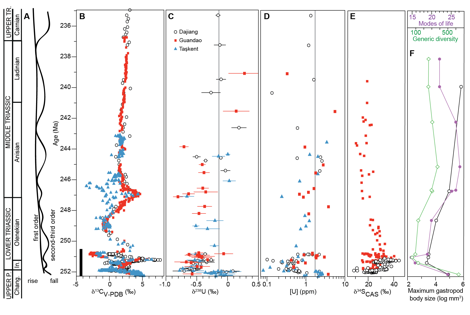Reports: ND253241-ND2: Development of U Isotopes as a Tool for Reconstructing the Extent of Global Seawater Anoxia
Katharine Maher, PhD, Stanford University

Katharine Maher, PhD, Stanford University

Reports in the ACS PRF Annual Report are published as submitted by the Principal Investigator.
Copyright © American Chemical Society